When it comes to loan servicing, consistency, compliance, and communication are everything. Whether you’re managing a handful of notes or a large portfolio, following industry best practices can make all the difference—for you, your borrowers, and your business partners.
Here are five essential loan servicing best practices that every servicer should follow:
1. Prioritize Clear, Timely Communication
Open communication is at the heart of good servicing. Borrowers should never be left in the dark about their balances, due dates, or escrow requirements. Proactive updates—especially around changes in payment terms or property taxes—build trust and reduce disputes.
Best Practice: O er multiple communication channels (email, phone, online portals) and respond to inquiries promptly, ideally within 24 hours.
2. Maintain Accurate and Up-to-Date Records
Even a small data entry error can lead to major headaches. Accuracy in loan balances, interest calculations, payment histories, and escrow accounts is critical for compliance and customer satisfaction.
Best Practice: Use a robust loan servicing platform that automates calculations, flags inconsistencies, and generates audit-ready reports.
3. Stay on Top of Regulatory Compliance
Loan servicing is subject to a complex web of local, state, and federal regulations. From CFPB guidelines to Fair Debt Collection practices, staying compliant isn’t optional—it’s essential.
Best Practice: Conduct regular audits, stay informed about regulatory updates, and provide ongoing compliance training for your team.
4. Make Payment Processing Seamless
One of the biggest friction points for borrowers is payment. Whether it’s ACH, checks, or online portals, giving borrowers convenient, secure options to pay is vital.
Best Practice: Offer recurring payment options, auto-reminders for due dates, and instant payment confirmations to improve consistency and reduce late payments.
5. Be Proactive with Delinquencies and Defaults
Addressing delinquencies early can often prevent loans from falling into default. A proactive approach—backed by respectful, compliant communication—can make a major difference in outcomes.
Best Practice: Monitor accounts daily, establish early-stage collection procedures, and work with borrowers on hardship options when appropriate.
Final Thoughts
At Prime Servicing, we follow these best practices every day to serve our clients and borrowers with integrity and care. Whether you’re an investor, lender, or portfolio manager, partnering with the right servicer means fewer headaches and better results.
Have questions about improving your loan servicing strategy? —we’re here to help.
